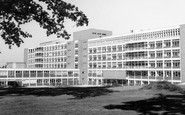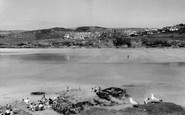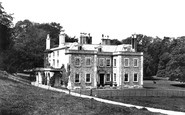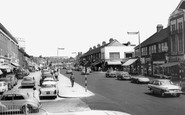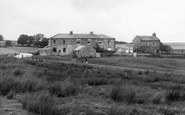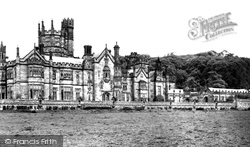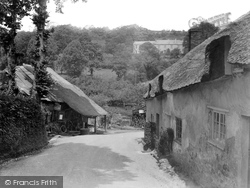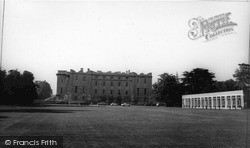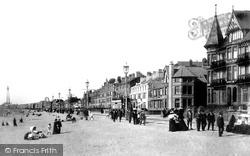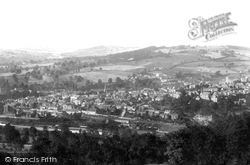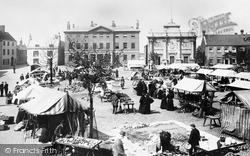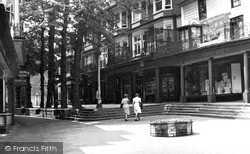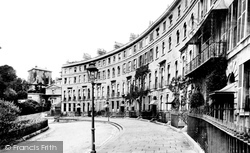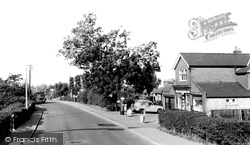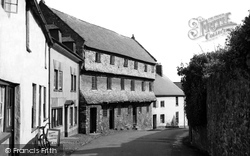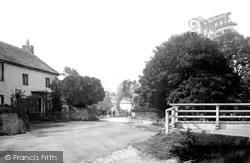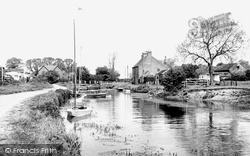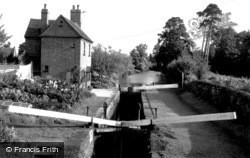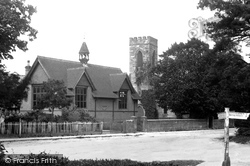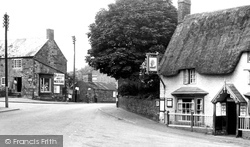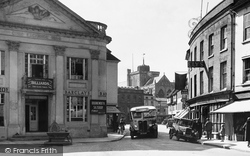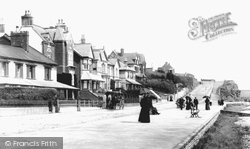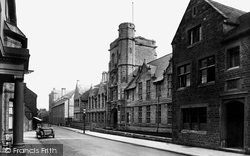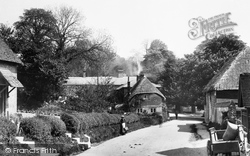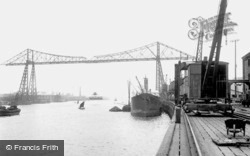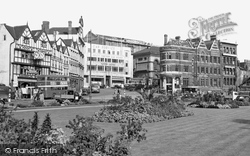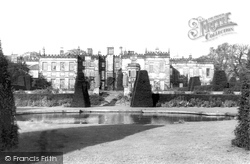Places
18 places found.
Those places high-lighted have photos. All locations may have maps, books and memories.
- Hythe, Kent
- Hythe, Hampshire
- Small Hythe, Kent
- Bablock Hythe, Oxfordshire
- Methwold Hythe, Norfolk
- Hythe, Somerset
- Hythe, Surrey
- Hythe End, Berkshire
- The Hythe, Essex
- Egham Hythe, Surrey
- West Hythe, Kent
- New Hythe, Kent
- Broad Street, Kent (near Hythe)
- Horn Street, Kent (near Hythe)
- Newbarn, Kent (near Hythe)
- Newington, Kent (near Hythe)
- Broad Street, Kent (near Hythe)
- Stone Hill, Kent (near Hythe)
Photos
360 photos found. Showing results 1,281 to 360.
Maps
101 maps found.
Books
10 books found. Showing results 1,537 to 10.
Memories
4,406 memories found. Showing results 641 to 650.
Pardon Hall
Parndon Hall WAS NOT demolished - the Victorian house still lies at the centre of the hospital site and is currently used to house the Past Graduate Medical Centre and Trust offices. Paintings done by Elizabeth Arkwright in the late 19th ...Read more
A memory of Harlow in 2008 by
Living In North Boarhunt 1965 1968
My parents moved to North Boarhunt in 1964/65. We lived at the top of Trampers Lane - sideways to what was then Doney's Garage. Our house was called "Tryfan". I went to Newton Primary School and have very ...Read more
A memory of North Boarhunt in 1965 by
The Slate Islands Easdale
THE SLATE ISLANDS By Walter Deas Some 24k (15 miles) south and west of Oban lies an area with interesting old ...Read more
A memory of Easdale in 2005 by
Hobbs Farm
Our family moved from Bognor to Yapton in 1951 just before my 10th birthday. I was only 13 and attending Chichester High School for Girls when I started working weekends at Hobbs Farm, Bilsham Corner. It was a pedigree Jersey dairy farm ...Read more
A memory of Yapton in 1954 by
Early Years Of My Life
I was born in 1936 in Shipley nursing home and we lived at 1 The Green, Micklethwaite until 1944. My father died in 1941 and my mother was left with me and brother John, surname Walker, to bring up on her own. ...Read more
A memory of Micklethwaite in 1930 by
Family Holidays
We had many happy family holidays at Polzeath. We always stayed in a bungalow above Tristram Cliff and could walk down across the fields to the beach. In the early days cars were not confined to the area at the top of the beach and ...Read more
A memory of Polzeath in 1960 by
Growing Up At Coombe Place
My family and I moved to a bungalow at Coombe Place in 1960. My father, Walter Motley, took up the post of farm manager on this 100 acre dairy farm with a herd of Jersey cattle. Coombe Place is set on the side of the South ...Read more
A memory of Offham in 1960 by
Combe Florey Primary School
The village school in Combe Florey closed in about 1958 I believe, it exists as a private house now, but I can still remember the mile long walk to and from it, through the lanes every morning and afternoon. Mum ...Read more
A memory of Combe Florey in 1958 by
Stanley Road, South Harrow
I lived with my foster family in Stanley Road South Harrow, during the war. Our house backed on to the gas works and I always wanted to climb the gasometer which I did eventually with a friend from across the road. At ...Read more
A memory of South Harrow in 1940 by
Our Home For 30+ Years
Mam and Dad, Lizzie and Edwin Ridley, moved into Slaghill (the cottage on the right of the picture) in 1948 when I was 3 years old. Dad died there in December 1978 and Mam moved up to Chapel Cottages soon afterwards. There ...Read more
A memory of Allenheads in 1948 by
Captions
4,899 captions found. Showing results 1,537 to 1,560.
Built by Mansell Talbot at the beginning of the 19th century in part of the Margam Abbey grounds, this splendid building subsequently went into decline until it was taken over by the Council and restored
Branscombe is fortunate indeed that its forge has survived as a working building – it is now owned by the National Trust.
This imposing Ind Coope hotel was built close by. The original spa building still exists in the road to the left of the picture.
The Castle was bought from the Duke of Manchester by the Grammar School and Huntingdonshire County Council for £12,500 in 1950.
Freshly boiled shrimps were sold in the cottages at South Shore—the visitors loved sea food—but supplies were dwindling by the 1920s.
By the 16th century the town was closely connected with the cloth trade, and became famous for the scarlet woollen fabric from which the uniforms of British soldiers were made.
It is surrounded by many important houses, some owned by the most wealthy merchants and families.
They, in turn, were mainly replaced in 1793 by the large flagstones which we see today.
Its perfection is only marred by the Waterloo balcony added to No 9.
Much obscured by the delivery lorry is the Railway Hotel.
When this picture was taken it had become dilapidated, and the central cottage was soon afterwards restored by the National Park Authority.
A sylvan charm is certainly evident in this scene, one enhanced by the beck which flows through the village before joining the River.
The flatness of the Wolds is interrupted by the hill on which the tiny hamlet of Brigham sits.
It is a classic example of contour cutting by the engineer Samuel Simcock: there are no locks, because the canal hugs the contours of the land.
bell-tower and half-tiled gables was built on the main road between Ashford and Royal Tunbridge Wells during the late 19th century, adjoining the churchyard of Holy Trinity; it was constructed in 1837-8 by the
On the corner by the wall is a Midland bus timetable; across the road is Blisworth Post Office, with its huge advert for Players Navy Mixture.
At the time of the Dissolution, the abbey was saved from destruc- tion by the people of Romsey who paid £100 for it.
It gets its name from the salterns, or salt pans, used by the monks of nearby Otterton Priory.
During the medieval period, grammar schools were founded for the education of scholars across the class spectrum, but by the 18th century, the so-called Great Schools had arrived in England.
Wherwell is famous for its ruined priory, established by the Saxon Queen Elfreda, mother of Ethelred the Unready, possibly as an act of repentance following several dark deeds.
At the time of the Dissolution, the abbey was saved from destruction by the people of Romsey who paid £100 for it.
The transporter bridge was designed and built by the Cleveland Bridge & Engineering Co and was opened for traffic in 1911. It is the largest of its type in the world, at 850ft long and 215ft high.
The Bristol Tramways and Carriage Co was taken over by the Corporation in 1937. All 237 trams were identical, and all were open-topped.
The original house was built by George Sitwell in 1625, much of which survives, though absorbed by the extensive rebuilding work carried out by Sitwell Sitwell in the late 18th century.
Places (18)
Photos (360)
Memories (4406)
Books (10)
Maps (101)

